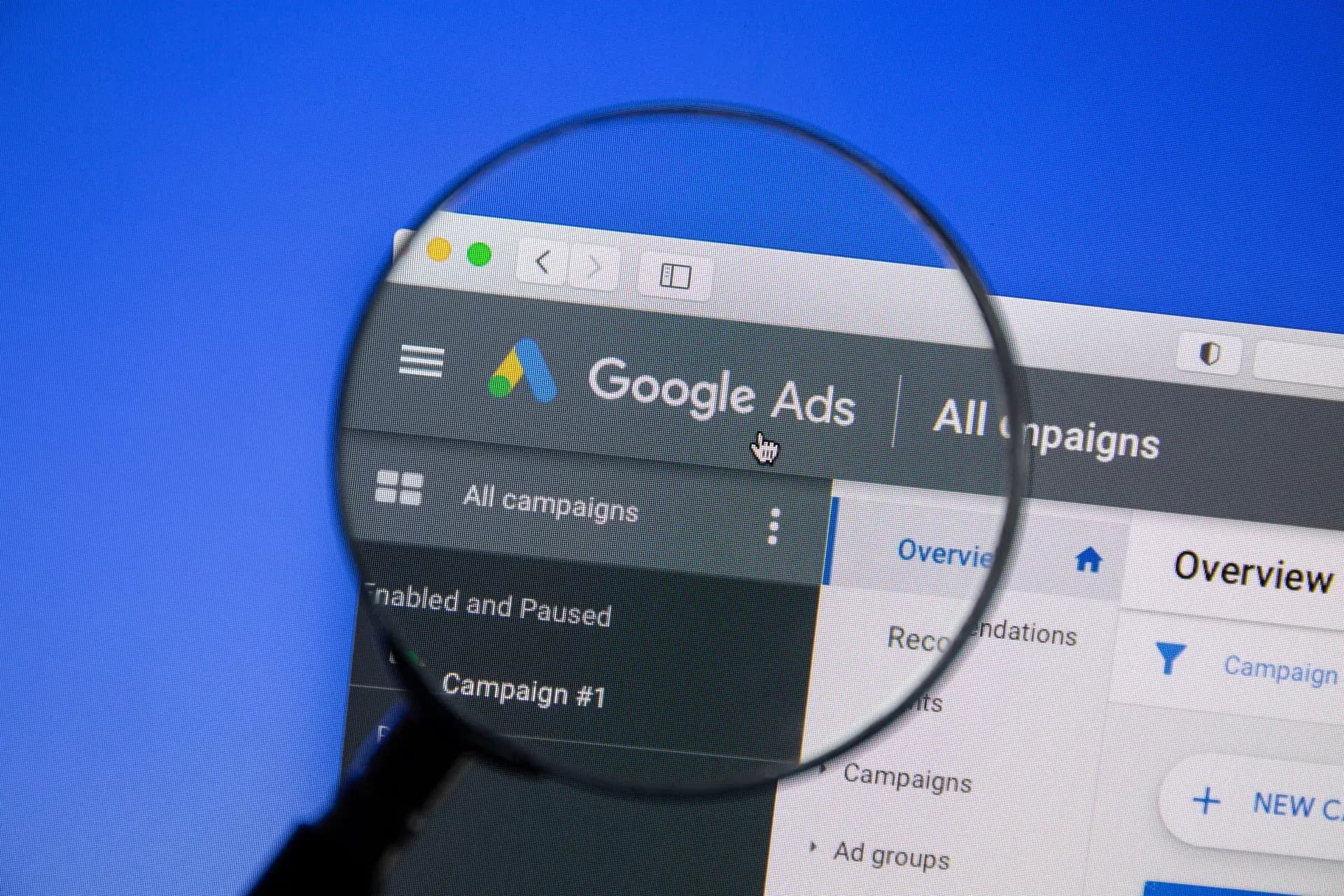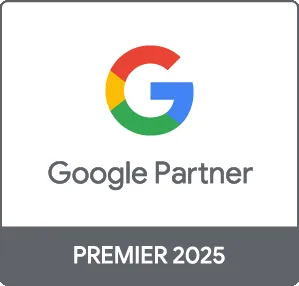Pay-Per-Click (PPC) advertising is a powerful digital marketing strategy that allows businesses to reach their target audience effectively and efficiently. By understanding how PPC works, businesses can leverage it to drive traffic, generate leads, and ultimately increase revenue. In this article, we will explore the fundamentals of PPC advertising, its benefits, best practices, and how to create effective campaigns.
What is Pay-Per-Click (PPC) Advertising?
PPC is an online advertising model where advertisers pay each time a user clicks on their ad. It is commonly used across various platforms, including Google Ads, Bing Ads, and social media networks. Advertisers bid on keywords relevant to their products or services, and their ads appear on search engine results pages (SERPs) or within social media feeds.
Benefits of PPC Advertising
The benefits of utilizing PPC advertising include:
- Instant Traffic: Unlike organic search strategies that take time to build momentum, PPC delivers immediate traffic to your website.
- Targeted Advertising: PPC allows you to target specific demographics, locations, and even devices to reach your ideal audience.
- Measurable Results: With detailed analytics, you can track the performance of your PPC campaigns and make data-driven decisions.
- Budget Control: You can set daily budgets and maximum bids, ensuring you stay within your financial limits while getting valuable exposure.
Best Practices for Successful PPC Campaigns
To maximize the effectiveness of your PPC campaigns, consider the following best practices:
- Conduct Thorough Keyword Research: Use tools like Google Keyword Planner to identify relevant keywords with high search volumes and manageable competition.
- Create Compelling Ad Copy: Your ad text should be clear, engaging, and include a strong call-to-action (CTA) to entice clicks.
- Optimize Landing Pages: Ensure that the page users land on after clicking the ad is relevant, user-friendly, and geared towards conversion.
- Utilize A/B Testing: Test different ad variations to discover which performs best and optimize accordingly.
- Monitor and Adjust: Regularly analyze campaign performance and adjust bids, keywords, and ad copy as needed to improve results.
How to Get Started with PPC Advertising
Getting started with PPC advertising involves a few simple steps:
- Choose Your Platform: Decide whether to use Google Ads, Facebook Ads, or another platform based on where your target audience spends their time.
- Create an Account: Sign up and set up your account on the chosen platform.
- Define Your Goals: Determine what you want to achieve with your PPC campaigns, such as increasing website traffic, generating leads, or making sales.
- Set a Budget: Decide how much you are willing to spend and set your daily budgets accordingly.
- Launch Your Campaign: Create your ads, select your keywords, and launch your campaign!
Conclusion
Pay-Per-Click (PPC) advertising is an essential digital marketing strategy that offers businesses the opportunity to reach their target audience quickly and effectively. By following best practices and continually monitoring performance, companies can maximize their ROI and achieve significant growth. If you're considering implementing a PPC strategy, Prebo Digital is here to help you navigate the complexities and drive success through targeted advertising solutions. Contact us today to learn more!





